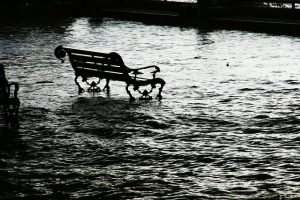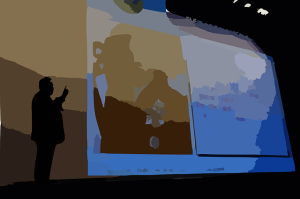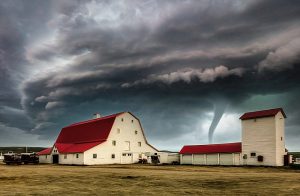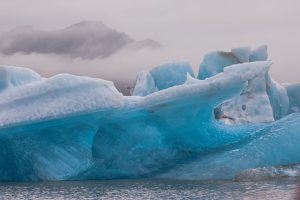“Climate Change means New York City’s flooding is ‘new normal,’ Governor says.”
Robert W. Endlich
An extract of this 30 Sep 2023 story by Reuters summarizes what we need to know about Gov. Hochul’s claim:
“Torrential downpours that caused flash flooding in New York City on Friday reflect a ‘new normal’ due to the effects of climate change, New York Governor Kathy Hochul warned on Saturday, as the city began drying out after one of its wettest days ever.”
“Almost eight inches of rain fell in some parts of the most populous U.S. city, enough to enable a sea lion at the Central Park Zoo to swim briefly out of the confines of her pool enclosure.”

My interpretation: When a politician mentions “climate change,” that politician means “Human-Caused, CO2-fueled Global Warming,” and the presumption that humans can therefore control the temperature of the earth and the level of the sea by controlling us, and our use of petroleum-based fuels.
But humans do not and cannot now change the temperature of earth, or the level of the sea.
So, why do I call this…
“Another BS Claim from another New York Politician?” Continue reading “Another BS Claim from another New York politician — Gov Kathy Hochul”




